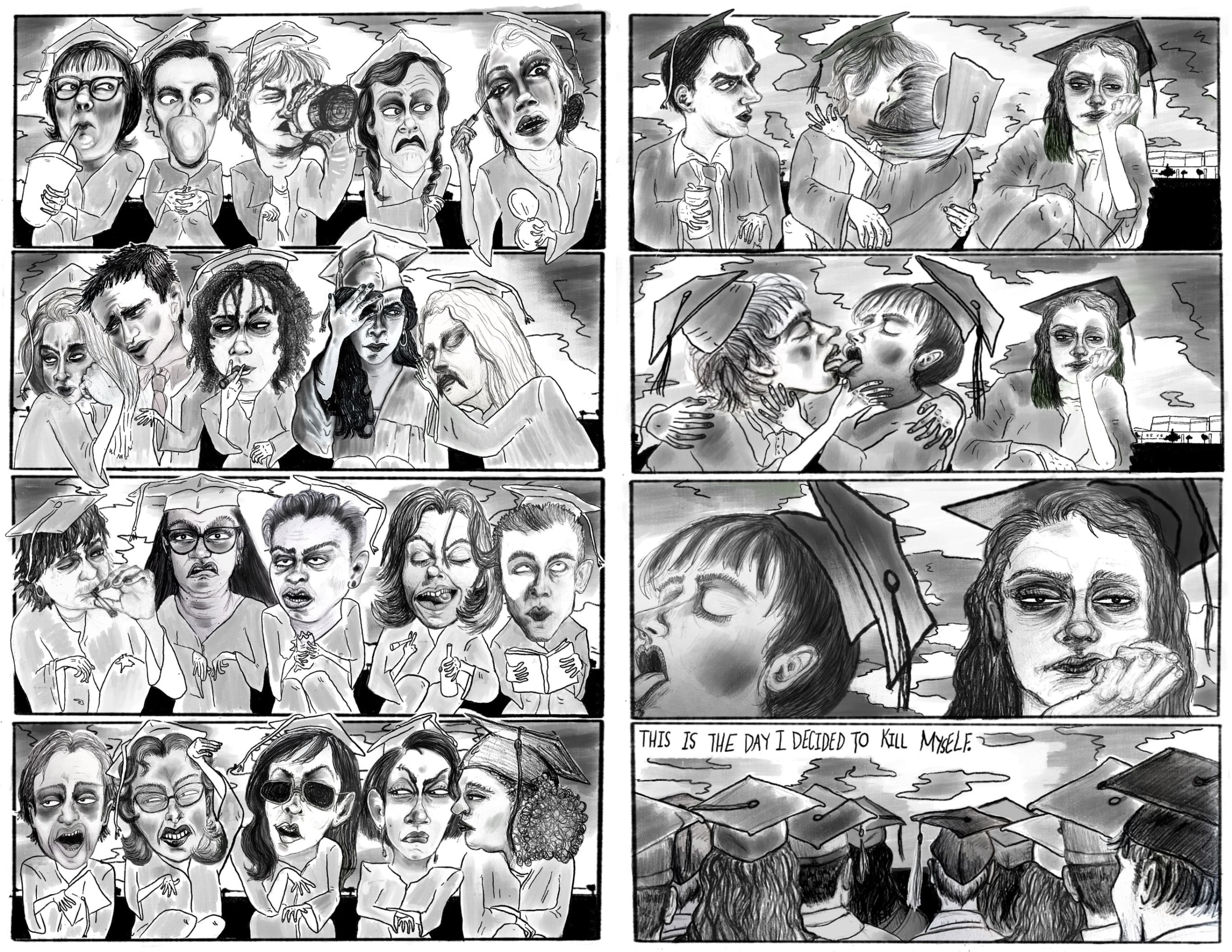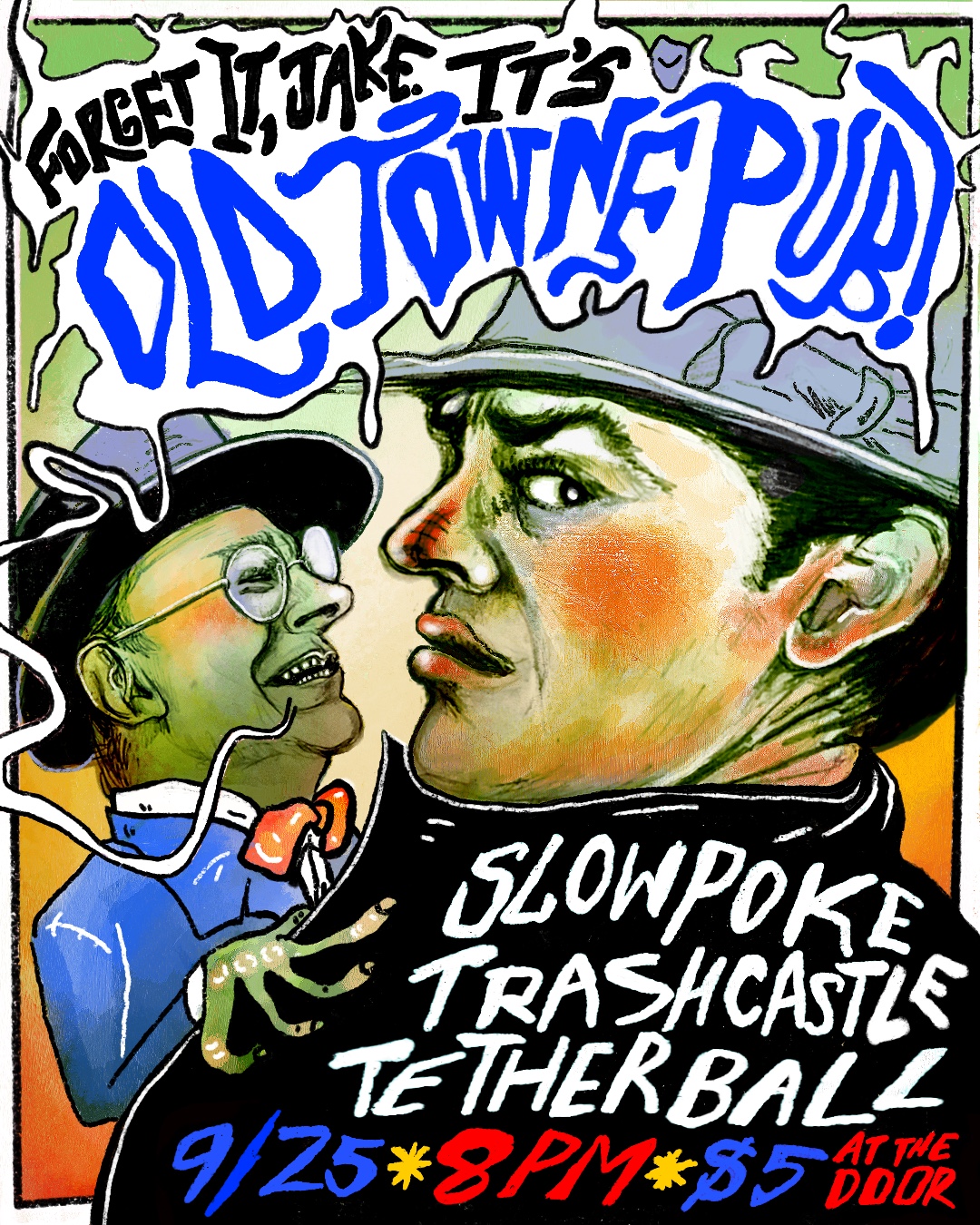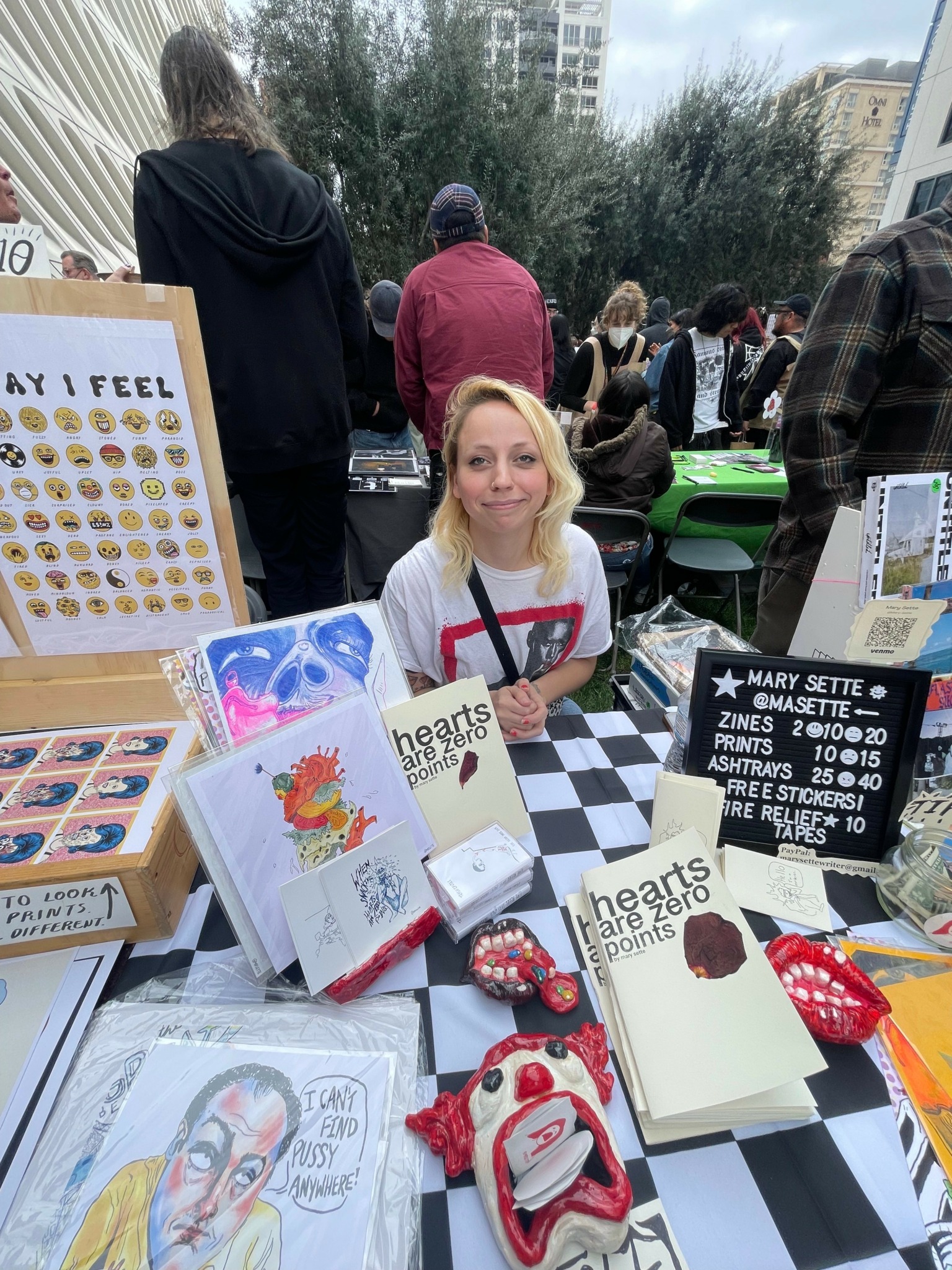We caught up with the brilliant and insightful Mary Sette a few weeks ago and have shared our conversation below.
Mary, thanks for taking the time to share your stories with us today Can you tell us about a time that your work has been misunderstood? Why do you think it happened and did any interesting insights emerge from the experience?
I read somewhere that a big part of emotional maturity is being okay with being misunderstood. You don’t have to go around explaining yourself all the time, which is sort of funny because that’s basically what you’re asked to do as a creative all the time. You’re constantly reevaluating how you’re pitching yourself and your work to people.
I’m not sure exactly how I’ve been misunderstood, but I think most artists feel that way. I’ve gone to schools with almost exclusively privileged rich kids. Obviously, the film industry is pretty much ruled by that demographic. So inherently, when you come from a different class or understanding of the world than the people you’re working around, you’re bound to miscommunicate. And you know what, that goes both ways. I’m not very good at explaining myself to rich people! Capitalism upsets me too much and I just want to rant about class warfare. I’m VERY popular. I grew up on an old vegetable farm in the armpit of New Jersey in a house that had bats in the basement. I didn’t think that was a particularly weird experience until I realized most people I went to school with went to private schools and grew up with housekeepers.
Sometimes, I’ve written things that talk about past trauma that can be misconstrued by people who don’t have an understanding of that experience. And as a result, you and your work get defined by how much trauma you may or may not have had. It’s this really toxic form of identity politics where we all get reduced to just one thing so that our experiences can be more palatable to gatekeepers. Graduate school at USC was like that. It took me a while to get over it. So much so that after I graduated, I avoided writing even remotely personal material and wrote wacky comedies that I could hide behind.
But slowly, I’ve tried to step towards doing more work that feels authentic to me, which combines the two. Art really helped with that because I didn’t have all these feelings wrapped up in it. I could just do whatever I wanted and post it without even having to explain or define it. I didn’t have to “pitch it” or even say what it actually meant. It was open-ended. You take what you want from it. And I think that’s allowed me to somewhat let go of feeling misunderstood. And I don’t see the point of wasting my time anymore with being inauthentic to appease privileged people anymore. I’d much rather be hanging out with my dog and painting something these days.

Mary, before we move on to more of these sorts of questions, can you take some time to bring our readers up to speed on you and what you do?
I’m primarily a writer, illustrator, and graphic designer. At my heart, I’m just a dumb public school kid from New Jersey. I won a grant when I was in high school and went to George Washington University in DC. I initially thought I wanted to work in politics, but it made me too miserable, so I switched to English and Creative writing, which made me slightly less miserable. I fell into screenwriting and got my MFA at USC right after college. I had a mixed experience at USC, but I definitely walked away with a firm understanding of plot and character that has immeasurably made my writing and artwork better. Even if the experience of going to school there was a bit demoralizing at times.
After graduate school, I worked in independent film and started doing cartoons on the side—really simple dumb stuff I could scribble after work. I hadn’t drawn for two years during school, and I was shocked by how much I sucked at it! While I was working in development, I directed indie live-action and animated films. I made an animated short film, Hot Toddy, a teeny-bopper murder mystery starring Anna Seregina, Atsuko Okatsuka, and Katrina Davis, that named Programmer’s Pick at Shonda Rhimes’ SeriesFest. I did a bunch of assistant work, TV writing, video editing, and script punch-ups. Then, during quarantine, I committed really hard to improving my drawing skills.
I’ve been working on a graphic novel called Horrible Corpses for a few years now. I workshopped the project in Sequential Artists Workshop’s Graphic Novel intensive this past summer, which really helped me wrap my brain around the whole thing. It’s a surrealist horror comic about a seventeen-year-old girl who kills herself and is haunted by Death in the afterlife. It’s a “coming-of-age-after-death” story. One side of the story takes place in the afterlife, so there are a lot of “God is dead” jokes and casual nihilism, and the drawings are very otherworldly, colorful, and fluid. Then, the other side of the story takes place in 2005, so there are a lot of George W. Bush jokes and post-9/11 early aughts trauma, and in contrast, the drawings are monochromatic and more realistic. So many people ask me when it’s going to be done. And I honestly don’t know! It takes so much time and work to write the whole thing, let alone draw the whole thing!
But now, post-writers’ strike, the book has become my biggest focus. I’ve started doing a lot more illustration and graphic design work. I do promotional work and marketing for local businesses — flyers, posters, logos, album covers, t-shirt designs, newsletters, social media assets, and a lot of other fun random stuff. I also do illustration commissions. I started making dumb clay sculptures and ashtrays for fun in my apartment. I’ve started selling prints and books at art markets and comics festivals, which, for whatever reason, I’ve always been terrified of doing! I just did the LA Zine Fest, which was a really rewarding experience, and I’m really looking forward to traveling to other art festivals around the country!

How can we best help foster a strong, supportive environment for artists and creatives?
I don’t really know anymore. Art feels so overtaken by Wall Street and the upper class right now. I think if more people had class consciousness, we’d be better off in general and as an artistic community. That’s all I want. It’s like the Oscars. How many times are we going to waste our time watching a room full of primarily rich, privileged people give each other gold trophies? I just want people to get angry and get out of the matrix. I’m angry all the time, and I don’t know where to put it. The working-class artist is dying. People are dying. The world is dying. When are we gonna be mad as hell, and we’re not gonna take it anymore?

What’s the most rewarding aspect of being a creative in your experience?
Doing the work is probably the most rewarding part, and then, obviously, when people connect with it. I still have a hard time accepting the second part, though! I’m just always trying to be better, personally and professionally, and sometimes, I have a bad habit of always seeing where I could do better. There are so many things I want to learn and do. I have a hard time not caring about doing a good job. Even dumb jobs! I feel like everything is a reflection of me and take my work ethic really seriously.
Even the other day, I found my high school sketchbook, and in it, I wrote, “I didn’t have to be perfect, but I didn’t want to be caught not trying.” And I guess, I still feel that way! But I ease up on it because it can get a little masochistic, and sometimes, I set myself up to always fall short in some way.
I’m always going to feel like an ugly public school kid with shoes from Payless, but I’ve learned to be proud of that. I’m learning to be proud of myself in general. It’s very dumb how hard that is to do, but I’m working on it.
Contact Info:
- Website: https://www.maryasette.com/
- Instagram: https://www.instagram.com/masette/
- Other: Substack – https://marysette.substack.com/





